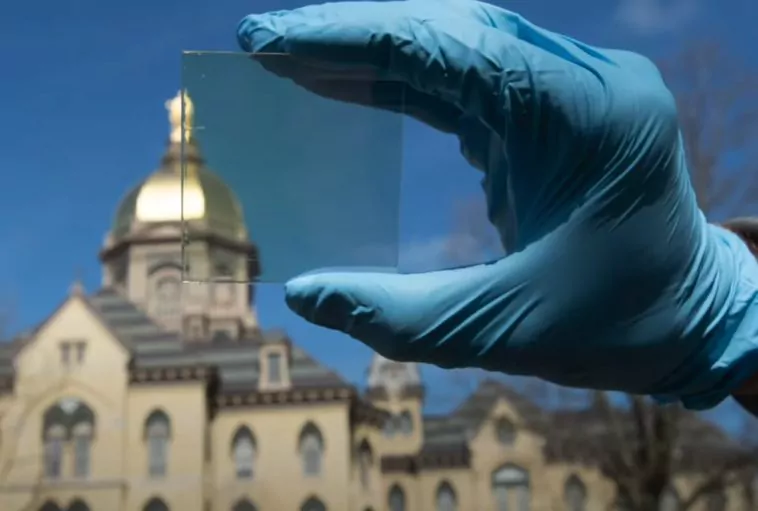In the USA, a university team has developed a new type of window covering. The device allows light to pass through while blocking wavelengths that are responsible for causing unwanted heat in homes.
Reduce Heat and Preserve Light
In summer, especially in hot countries, air conditioning poses a real environmental problem. Like heating, it is a major source of greenhouse gas emissions, accounting for at least 5% of residential carbon dioxide emissions. However, the use of this type of equipment is increasing globally, a trend logically accelerated by global warming.
What if you could reduce your use of air conditioners? The University of Notre Dame (USA) team presented their latest innovation in the journal Cell Reports Physical Science journal on March 4, 2024. According to the researchers, we are talking about a window covering with new properties. More precisely, they developed a film that can block infrared and ultraviolet radiation but still transmit visible light, regardless of the position of the Sun. As a reminder, infrared and ultraviolet radiation are wavelengths that generate heat inside homes and other buildings.
Temperature drop from 5.4 to 7.2 °C
Most window coverings already on the market work optimally when the Sun’s rays enter at a 90° angle. However, such efficiency cannot be maintained constantly since the incidence of light varies depending on the time of day and season. To solve this problem, American researchers placed ultra-thin layers of silica, alumina, and titanium oxide into a glass base. They also added a micrometer-thick silicon polymer. The goal is to reflect as much sunlight as possible outward.

In their publication, the authors explain that they used quantum computing to determine the optimal film configuration. Their goal was to maximize light penetration while limiting exposure to heat-producing wavelengths. The simulation allowed us to estimate the temperature drop inside the film from 5.4 to 7.2 °C.








